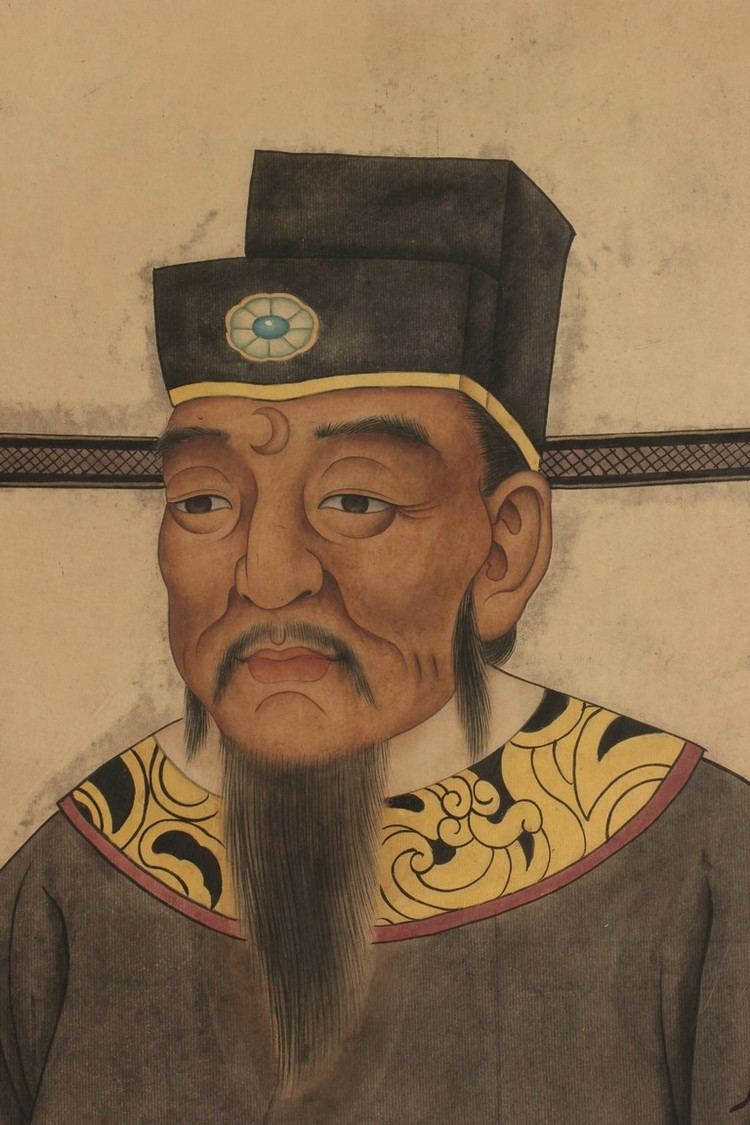by Ganesh Sahathevan
FMT and others have reported that VK Lingam has failed again to be re-admitted to practice in Malaysia.
TO BE READ WITH
VK Lingam fails again in bid to return to law practice

KUALA LUMPUR: Former lawyer VK Lingam, who was implicated in the 2007 judge-fixing scandal, has failed again in his bid to return to legal practice.
A three-member Court of Appeal bench chaired by Lee Swee Seng said the High Court was correct in maintaining the findings of the Advocates and Solicitors Disciplinary Board in 2015 to strike his name off the rolls.
The other judges on the panel were Lee Heng Cheong and Hashim Hamzah.
Swee Seng said the findings of the board to accept the evidence of Loh Gwo Burne and Loh Mui Fah that Lingam was on the telephone communicating to then chief judge of Malaya Ahmad Fairuz Sheikh Abdul Halim were justified.
“There was no basis for this court to interfere,” he said.
The judge said the punishment was fair, considering the gravity of the misconduct that had brought disrepute to the legal profession.
“It indirectly also affected public confidence in the judiciary,” he said in delivering the verdict virtually.
The bench also ordered Lingam, who is believed to be overseas but followed the remote proceedings, to pay RM30,000 to the board and the Bar Council.
Lingam’s counsel, R Thayalan, told FMT later that he has been instructed to file an appeal in the Federal Court.
Lawyers Razlan Hadri Zulkifli, Fahri Azzat, Kwan Will Sen and James Khong appeared for the board and the council.
A royal commission of inquiry had also recommended that action be taken against Lingam, Fairuz, former chief justice Eusoff Chin, tycoon Vincent Tan, former prime minister Dr Mahathir Mohamad and former minister Tengku Adnan Mansor.
However, nothing came out of it despite a police investigation.
During his appeal hearing in the High Court, Lingam claimed that the video evidence used against him during the disciplinary inquiry was not authentic and might have been taken out of context.
He was also jailed for six months by the Federal Court for contempt, in absentia, in November 2017 for claiming that an apex court bench had plagiarised its written grounds in delivering judgment on a civil case.
The court found that the contempt against Lingam was proven beyond reasonable doubt.
Lingam along with another lawyer, TC Nayagam, and 24 family members and directors of Kian Joo Can Factory Bhd were accused of contempt in the case.
Nayagam and the rest pleaded guilty to the charge and were fined a total of RM2.15 million.





